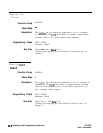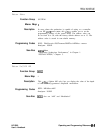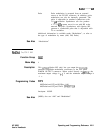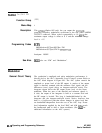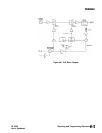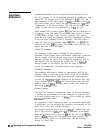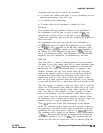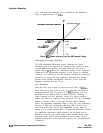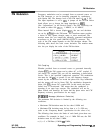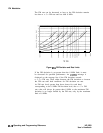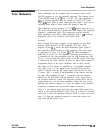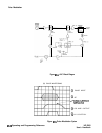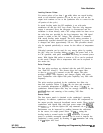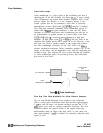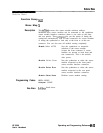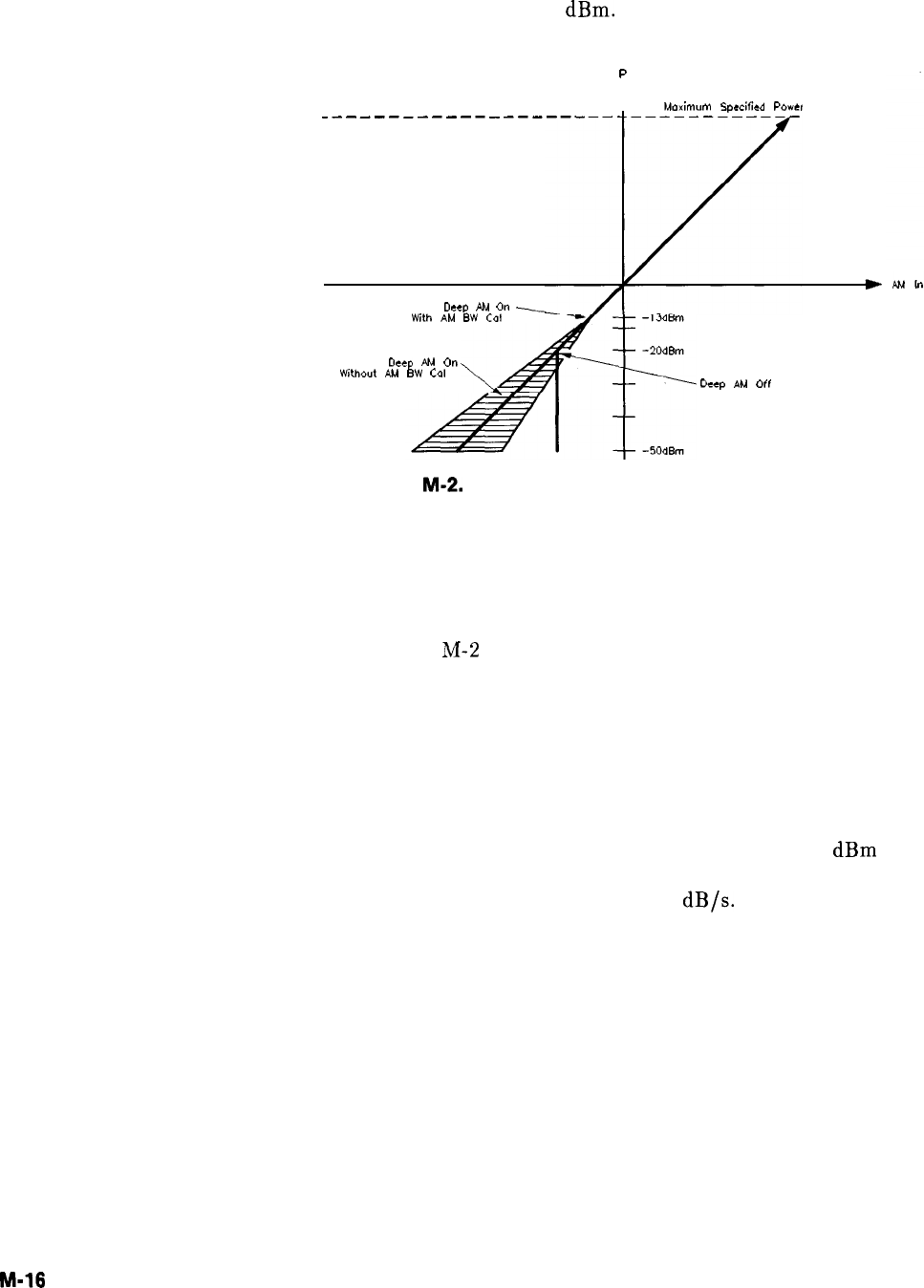
Amplitude Modulation
ALC loop open, the minimum level is limited by the modulator’s
range to approximately -50
dBm.
p
out
I
Maximum
Swcified
Power
_____-_--_--_--_--_
------
Deep
PM
On
\
With
AM
BW
Cal
Deep
M(
On
Without
AM
BW
Cal
Deep
AM
Off
Figure M-2. Power Accuracy Over the AM Dynamic Range
Calibrating the Linear Modulator
The AM bandwidth calibration feature calibrates the linear
modulator gain at the current CW frequency. This results in more
accurate performance in deep AM mode when the ALC loop is
opened. Figure
M-2
shows the calibrated response of the modulator
compared to the uncalibrated response. If you choose to calibrate
“Always”, the synthesizer will automatically perform the calibration
whenever you change the CW frequency. Although this feature
provides more accurate performance, note that it also slows the
frequency switching time by 20 ms.
ALC Bandwidth
Since the ALC loop is open at power levels less than -13
dBm
in
deep AM mode, power levels at very slow AM rates are subject to
integrate-and-hold drift of typically 0.25
dB/s.
Setting the ALC
bandwidth to low reduces drift by a factor of 10 by switching a
larger capacitor into the integrator circuit. The larger capacitor
reduces the effects of leakage on the integrator. The ALC bandwidth
defaults at factory preset to the auto selection which normally
selects the appropriate bandwidth (high or low) for your application.
However, in this case (modulating with deep AM at a slow rate),
auto mode would have set the ALC bandwidth to high where a
setting of low would decrease drift. To make the bandwidth selection,
the synthesizer determines which functions are activated such as
frequency list mode, step sweep mode, search leveling mode, sweep
frequency mode, AM or pulse modulation, among others. (For a
complete explanation of the selection sequence, see “Getting Started,
Advanced”.)
M-16
Operating and Programming Reference
HP 8360
User’s Handbook



